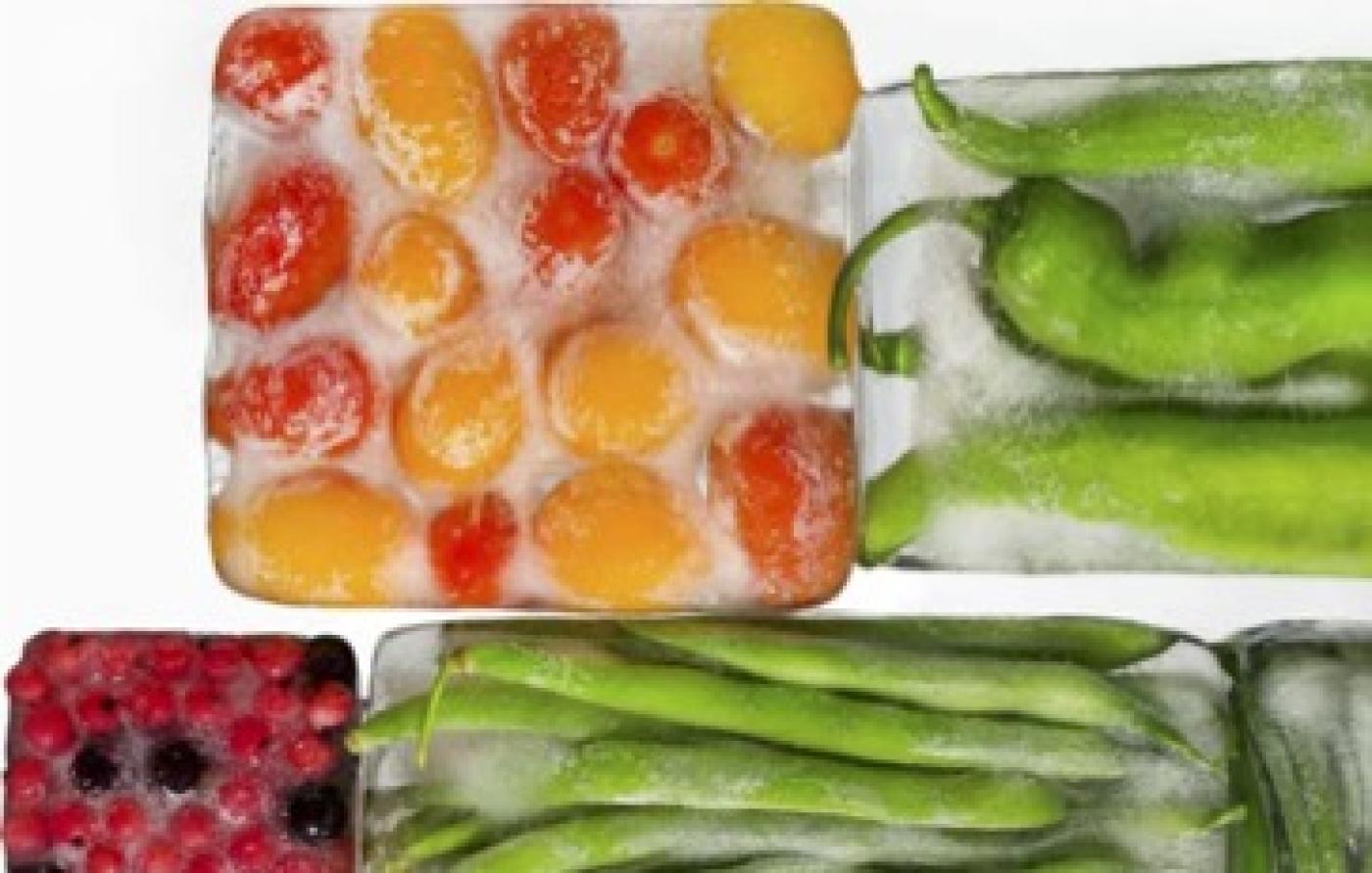UNEP, FAO: Sustainable Food Cold Chains: Opportunities, Challenges and the Way Forward
Of the total food produced for human consumption, an estimated 14 per cent is lost (Food and Agriculture Organization of the United Nations [FAO] 2019), and an estimated 17 per cent is wasted (UNEP 2021), costing the global economy an estimated $936 billion a year (FAO 2014a). The lack of effective refrigeration is a leading contributor to this challenge, directly resulting in the loss of 526 million tons of food production, or 12 percent of the global total, in 2017 (International Institute of Refrigeration [IIF/IIR] 2021a). This is enough to feed an estimated 1 billion people in a world where currently 811 million people are hungry and 3 billion are unable to afford a healthy diet (FAO 2022).
The unavailability of robust food cold chains to maintain the quality, nutritional value and safety of food products has ramifications for people’s health. A foodcold chain is an integrated temperature-controlled food distribution system that ensures that perishable produce and/or temperature-sensitive products are kept at their optimum temperature and environment, from source to destination. It is a complex system that has many static and moving elements and that requires accountability from multiple levels, including farmers, aggregators, processors and manufacturers, distributors, retailers and consumers. Populations in most developing countries depend heavily on agriculture for their livelihoods, making the development of food cold chains a powerful tool to boost incomes and foster economic growth. Food loss during the post- harvest period reduces the income of 470 million smallholder farmers by as much as 15 per cent (Rockefeller Foundation 2013).


